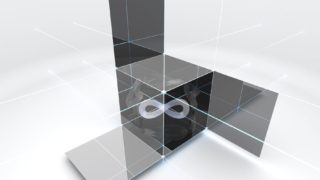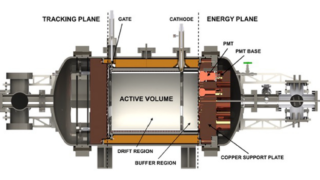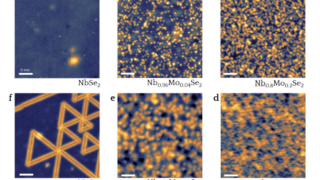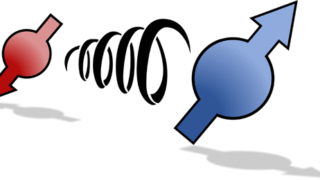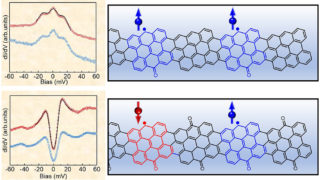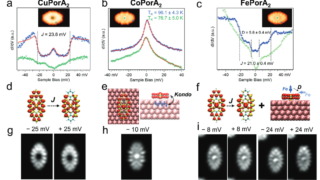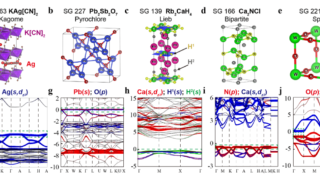
Atom scattering as an electron-phonon interaction
An atomic projectile colliding with a surface at kinetic energies in the thermal or hyperthermal range interacts with and is reflected by the electronic density well in front of the first layer of target atoms, and it is generally accepted that the repulsive interaction potential is proportional to the density of electrons extending outside the […]
